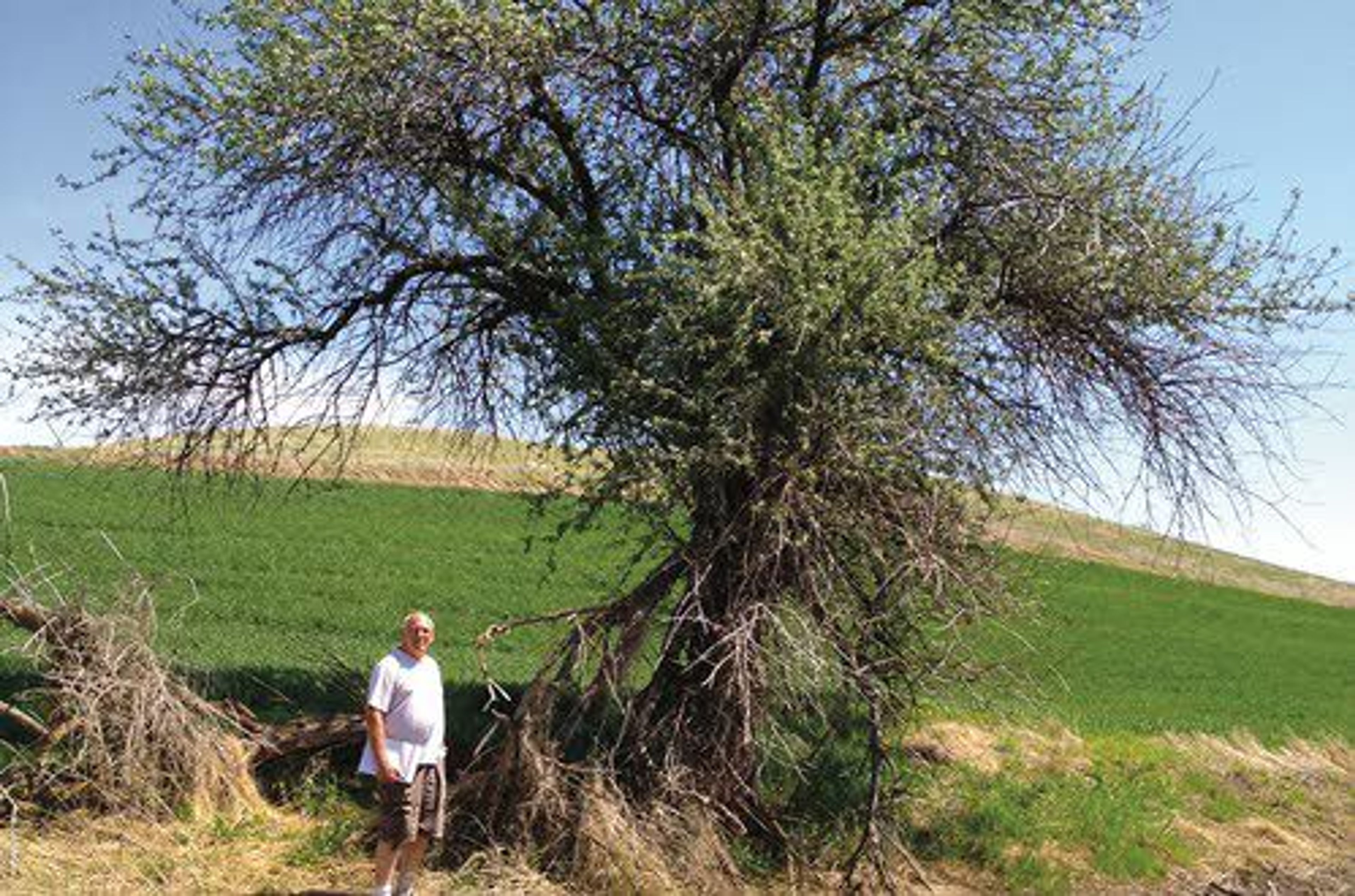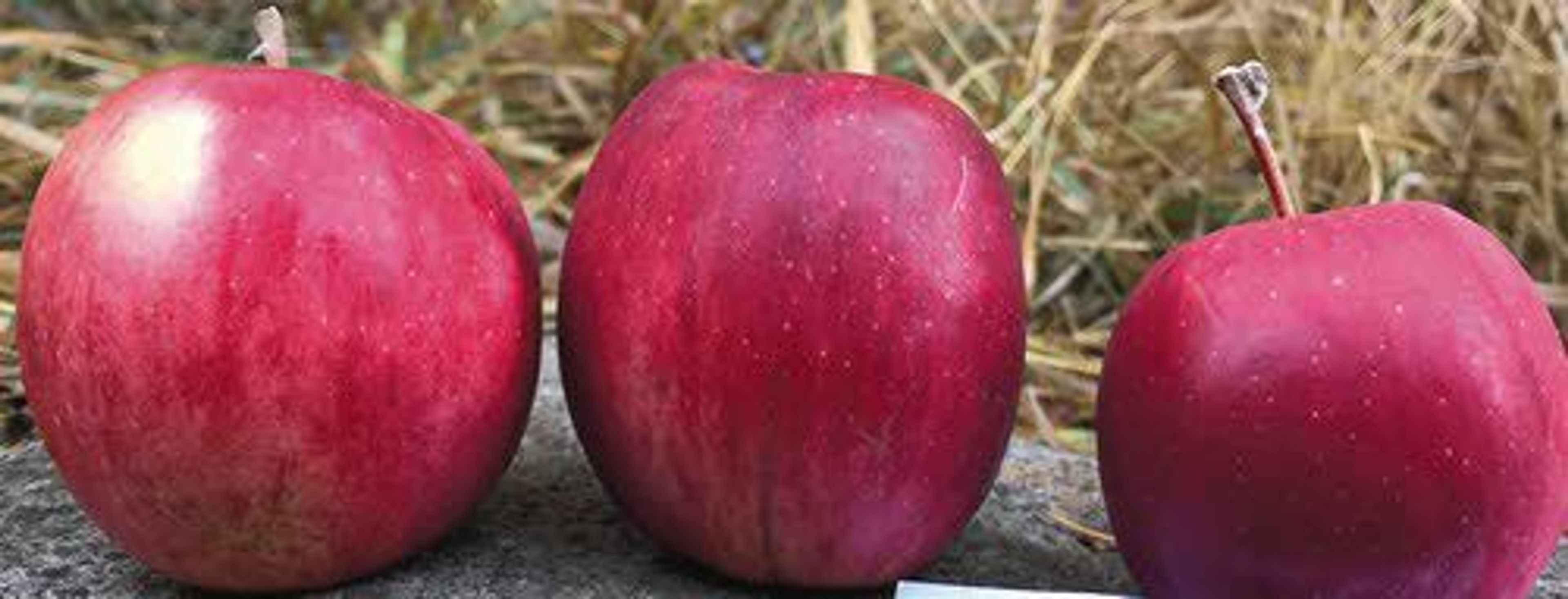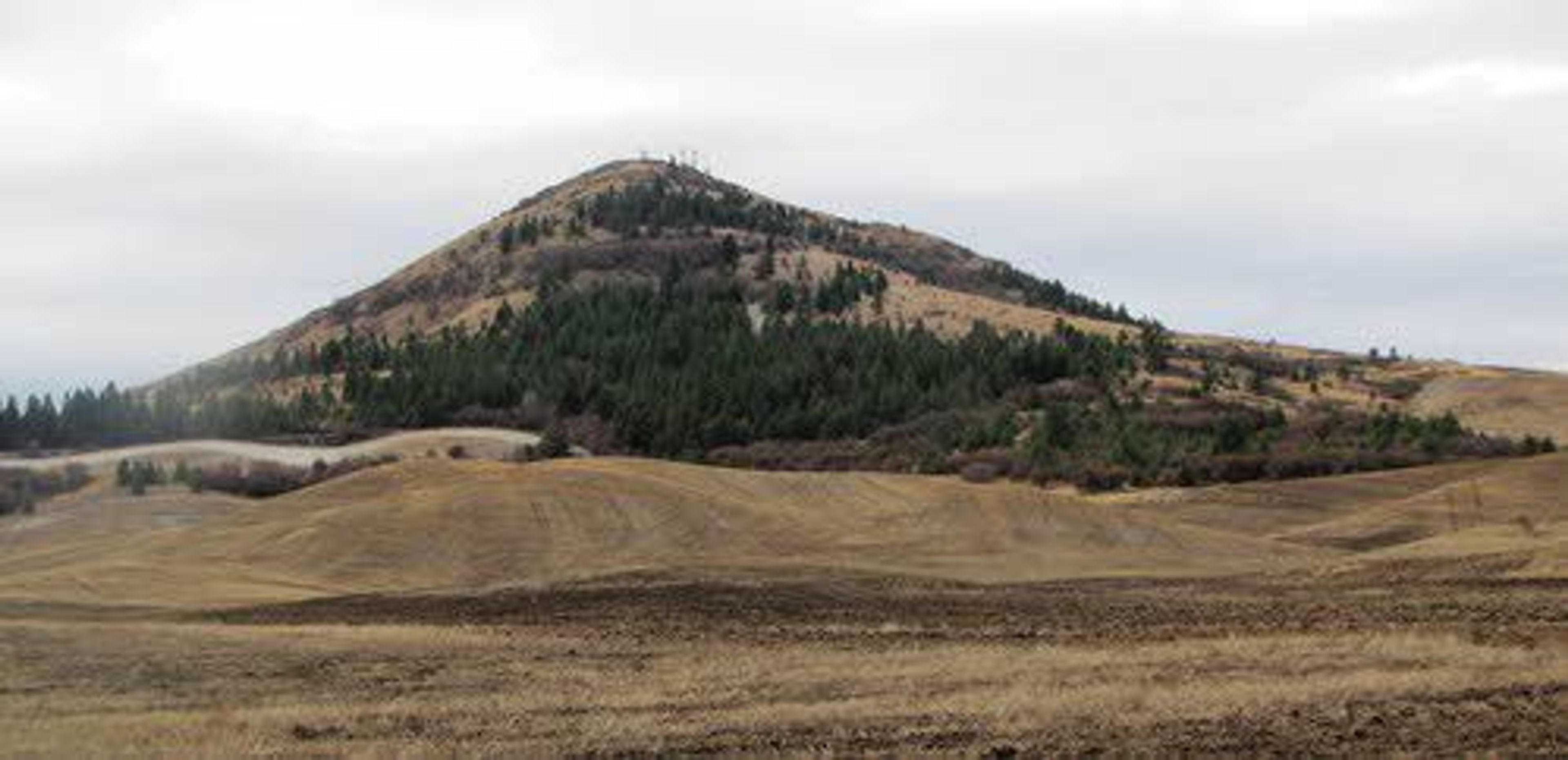Once lost to time, now found on Palouse
At least five types of apples thought to be extinct have been rediscovered
Five apple varieties thought to be extinct have been rediscovered in eastern Washington and northern Idaho thanks to "apple detectives," who are working to find types of fruit thought to no longer exist.
David Benscoter, who located the trees, worked with apple experts at the Temperate Orchard Conservancy in Oregon and Fedco Seeds in Maine to get positive identifications on the fruit. The apples were compared to written descriptions from old books and antique watercolor paintings.
The previously thought-to-be-extinct apples, at least one of which was grown before the 1800s, include the Shackleford, Saxon Priest, Kittageskee, Ewalt and McAfee - found growing near Steptoe Butte.
"I just love the history of these old apples and what they meant to the first homesteaders that arrived here in eastern Washington and northern Idaho," Benscoter said. "The apple was the most important fruit you could have, and it could be used in so many ways."
Benscoter first became interested in hunting down lost varieties of apples when he helped a neighbor with chores on her property. He found an old apple tree and began to research what variety it bore.
"I got on the internet and was doing some research," he said. "It just kind of snowballed from there."
By checking old county fair records, he discovered several apple types in Whitman County that were listed as extinct. Since that time, he has discovered more than 20 varieties of apples that were once considered lost.
An estimated 17,000 named apple varieties are thought to have originated in North America, but according to Benscoter, only about 4,000 still exist today.
"Those apples have been forgotten about in the back of someone's field or an old orchard nobody has taken care of in a hundred years," Benscoter said. "I'm hopeful, and obviously the search has been somewhat successful, and so I think there are still many apples out there that can be found."
Each of the apples that have been rediscovered are unique in some way. The Shackleford, for example, is a large, deep-red apple known to keep well in storage. It's also a consistent variety when it comes to shape, color and size, according to Benscoter.
Apples have as many as 50 different identifiers, from the length of the stem, to the shape, size, color and structure of the bottom side of the apple.
Benscoter also thinks he has found seven other apples that have not yet been confirmed or are extremely rare. Those include the Autumn Gray, Surprise No. 1, Flushing Spitzenburg, Republican Pippin, Bogdanoff Glass, Flory and Early Colton. The Early Colton is only the second one of its kind known to exist of antique age, Benscoter said.
Between 2014 and 2016, the Nero, Dickinson and Arkansas Beauty were rediscovered in eastern Washington.
Some of the apple varieties are sent to nurseries around the country that specialize in the sale of old heritage-types of apple trees. Benscoter said his goal is to try to get the fruit trees out there so they will never be lost again.
He encourages anyone who knows the location of old apple trees to email him at dbens23@gmail.com.
---
Tomtas may be contacted at jtomtas@lmtribune.com or at (208) 848-2294.
Fruit tree grafting class to be offered
A fruit tree grafting class is set for 11 a.m. on March 17 at the Gladish Community and Cultural Center, 115 NW State St., Pullman. The cost for the two-hour course is $35. Several previously lost varieties of trees will be available to students. David Benscoter will be available to answer questions. Sign-up is available by calling (509) 238-5150.











